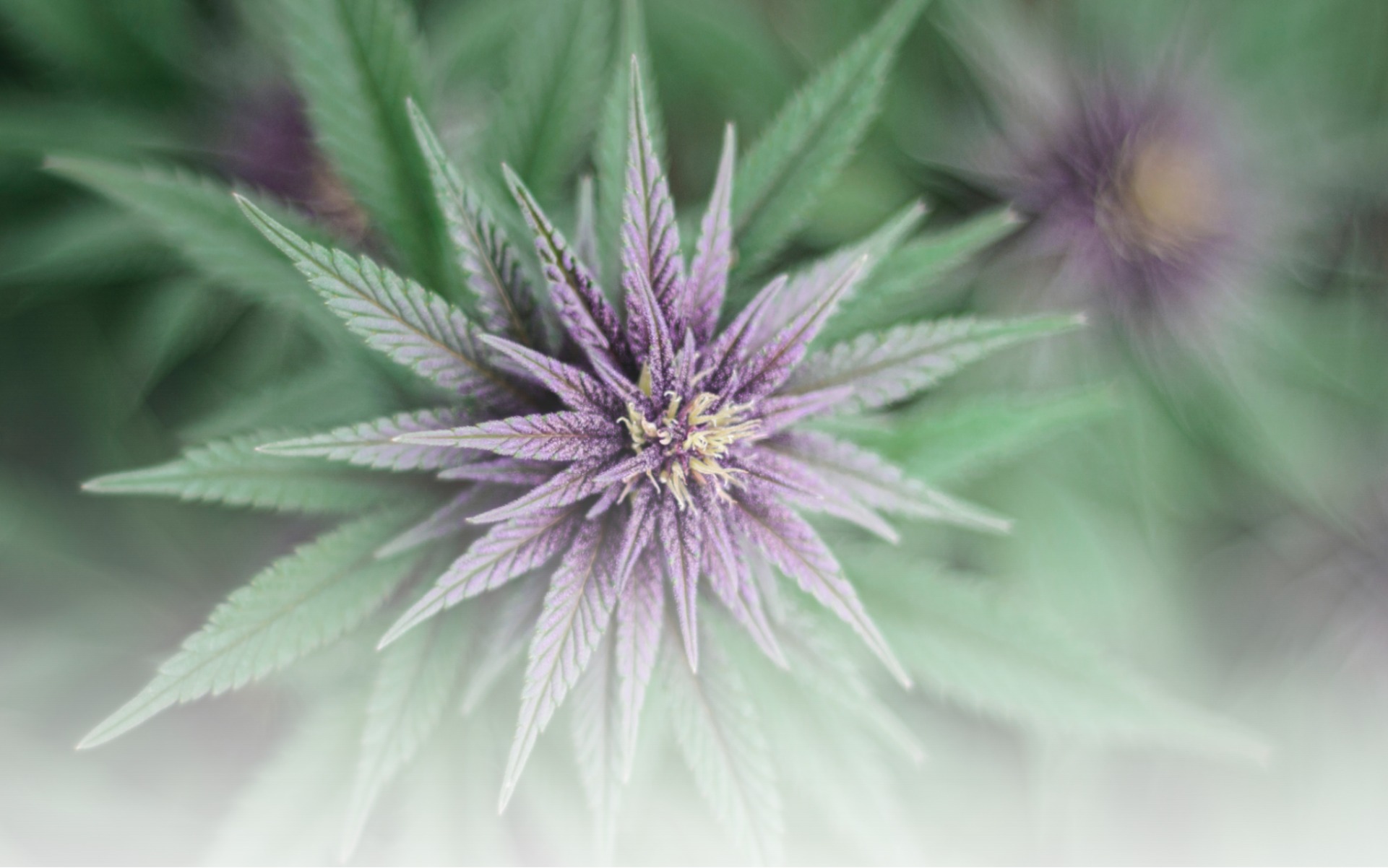


Let’s talk about the most exciting part of growing cannabis – the flowering phase! This is where the magic happens, folks. During this crucial phase, your plants reveal whether they’re boys, girls, or a bit of both (we call these hermaphrodites). Understanding the difference is essential to get the most out of your grow!
When cannabis plants switch from just growing leaves to actually flowering, they go through some pretty amazing changes. It’s similar to a plant’s version of puberty! This is when growers really need to pay attention because the plant’s gender makes all the difference in the world. Whether you end up with male, female, or hermaphrodite plants will totally shape how you need to care for them and what kind of harvest you’ll get in the end.
For successful cannabis cultivation, maintaining a female-only garden is essential. Female plants produce the coveted THC-rich flower clusters, while male plants can reduce harvest quality by pollinating females. Expert growers recommend using feminized seeds instead of regular varieties to minimize the chance of male plants appearing in your garden.
Understanding cannabis genetics is crucial for successful cultivation, especially the difference between autoflowering and photoperiod varieties. Autoflowering strains are ideal for beginners, requiring only basic care in terms of temperature, humidity, water, and nutrients. In contrast, photoperiod plants require these same conditions plus careful light cycle management. Indoor growers must maintain a strict 12/12 light schedule (12 hours light, 12 hours darkness) to trigger and maintain flowering in photoperiod strains.
Repotting is not necessary during the flowering phase. If you’re growing autoflowering varieties, white pistils may start appearing as early as weeks 3-4 – a completely normal part of the process!
For photoperiod varieties, timing depends on your plant’s genetics. Consider your setup’s height before switching light cycles, as cannabis plants can double in size during early flowering. Maintain at least 12 cm between your light source and the plant canopy. You can transition photoperiod plants to flowering as early as week 4, especially helpful when managing multiple plants in limited space.

As plants enter flowering, they’ll drink more water to support new growth. While the Fyta Beam can guide your watering schedule, a simple rule is to wait until the topsoil feels dry before watering again.
Nutrition becomes more specialized during flowering. With mineral fertilizers, use an NPK ratio of 1:3:2 for early flowering, switching to 0:3:3 later. However, organic soils and fertilizers often produce superior results with less room for error. Living soils are another excellent, eco-friendly option that can enhance bud quality.
Lighting requirements vary by strain type. Autoflowering plants will flower regardless of light duration, typically needing 30-45 moles/day. Photoperiod plants require reduced light hours (12 or fewer), often compensated by increasing light intensity or adjusting light proximity to the canopy.
Temperature control is crucial: maintain 21-28°C during light hours and 15-20°C during dark periods. Most indoor growers reduce temperature by 5-10 degrees during dark hours to mirror natural conditions.
Humidity control is just as crucial. Maintain a relative humidity level between 40-50% during flowering to prevent mold and pest infestations. Good air circulation from fans helps maintain these ideal conditions.
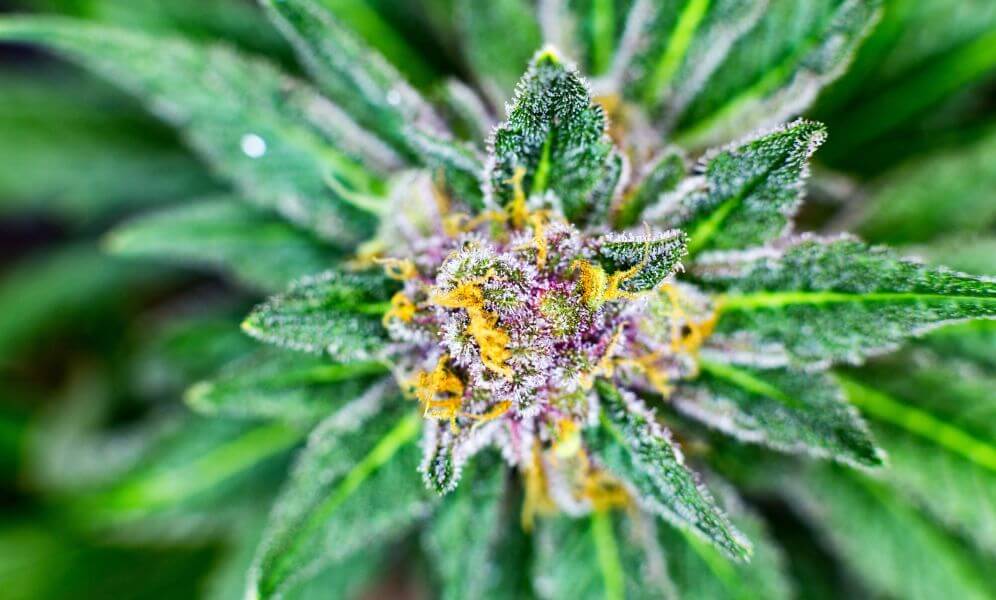
The flowering phase is divided into three stages: early flowering (pre-flowering), peak flowering, and maturation. Each stage requires tailored care and attention.
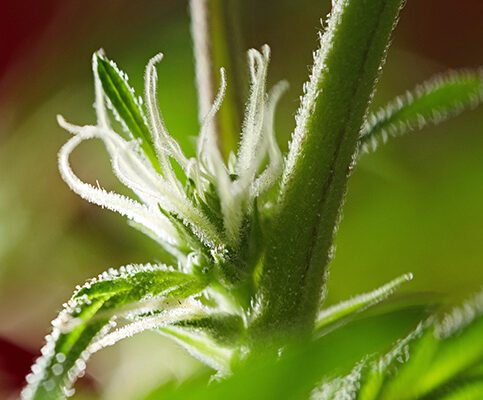
During early flowering, watch for white pistils appearing on branch tips and nodes. Experienced growers often employ “lollipopping” – removing lower growth to focus energy on top buds. With regular seeds, this is when you’ll identify and remove male plants. Even with feminized seeds, monitor for stress-induced hermaphroditism.

During peak flowering, numerous white pistils emerge at the top of the branches, and trichomes start appearing.
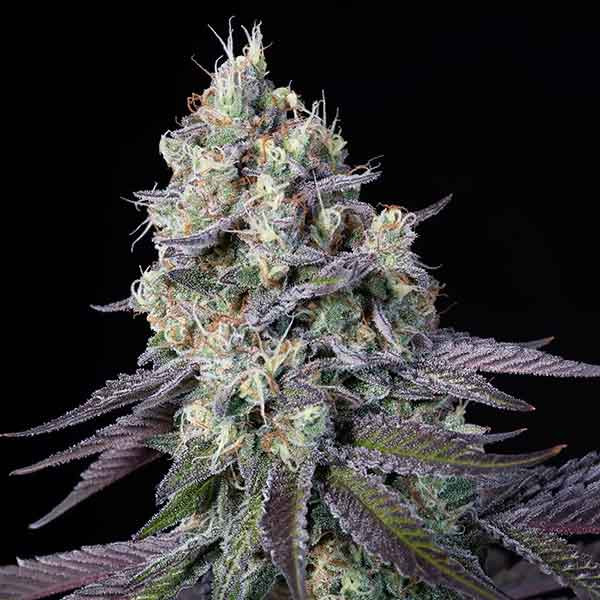
Peak flowering brings denser, larger buds with browning pistils and emerging trichomes. You’ll notice the characteristic cannabis aroma becoming stronger, and water consumption reaches its peak.
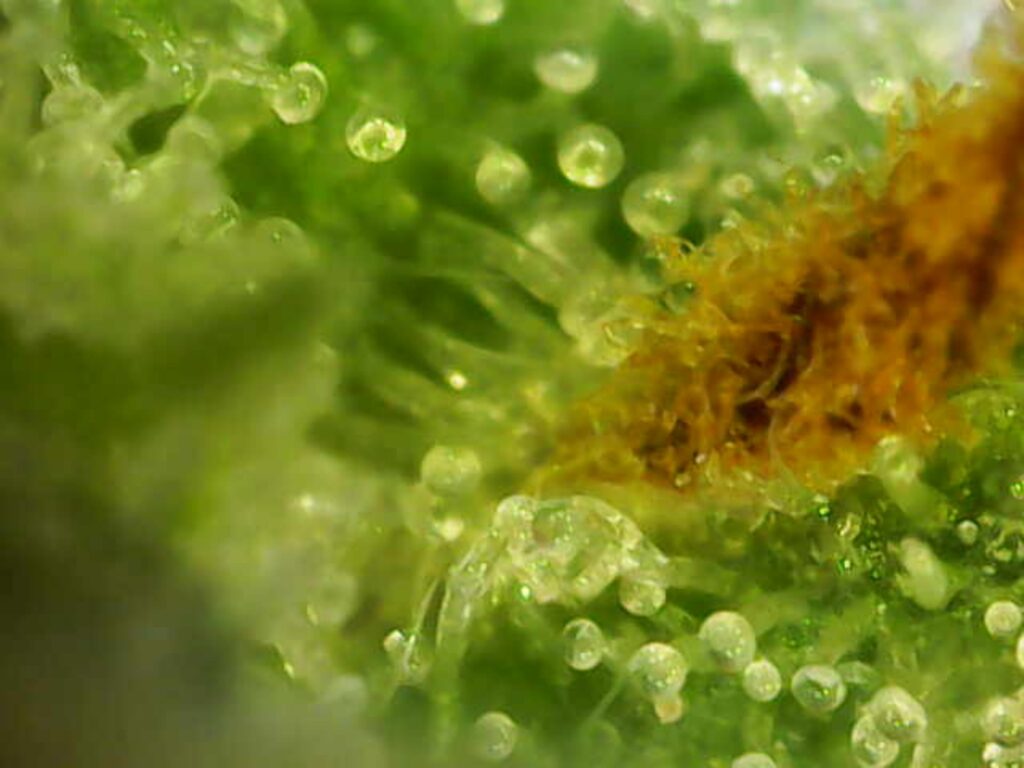
During the final maturation stage, water requirements decrease, and leaves begin to yellow. Trichomes become more pronounced, appearing as sticky white crystals responsible for the plant’s characteristic aroma.
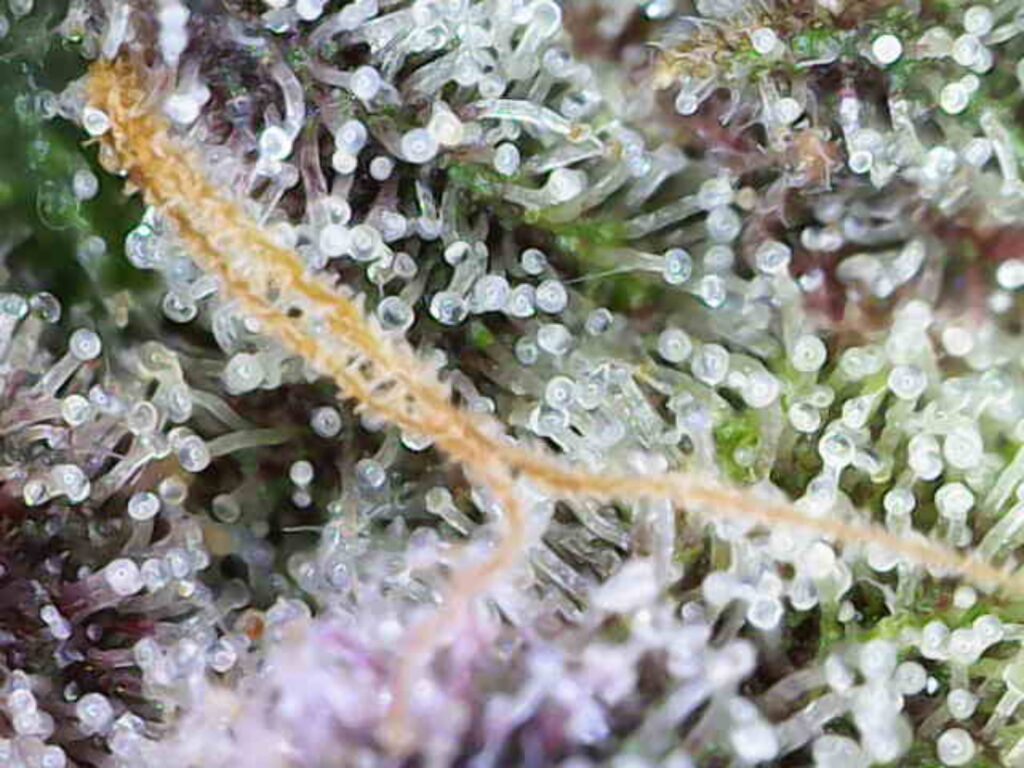
Cloudy and milky trichomes indicate the optimal harvest time, with peak THC production.
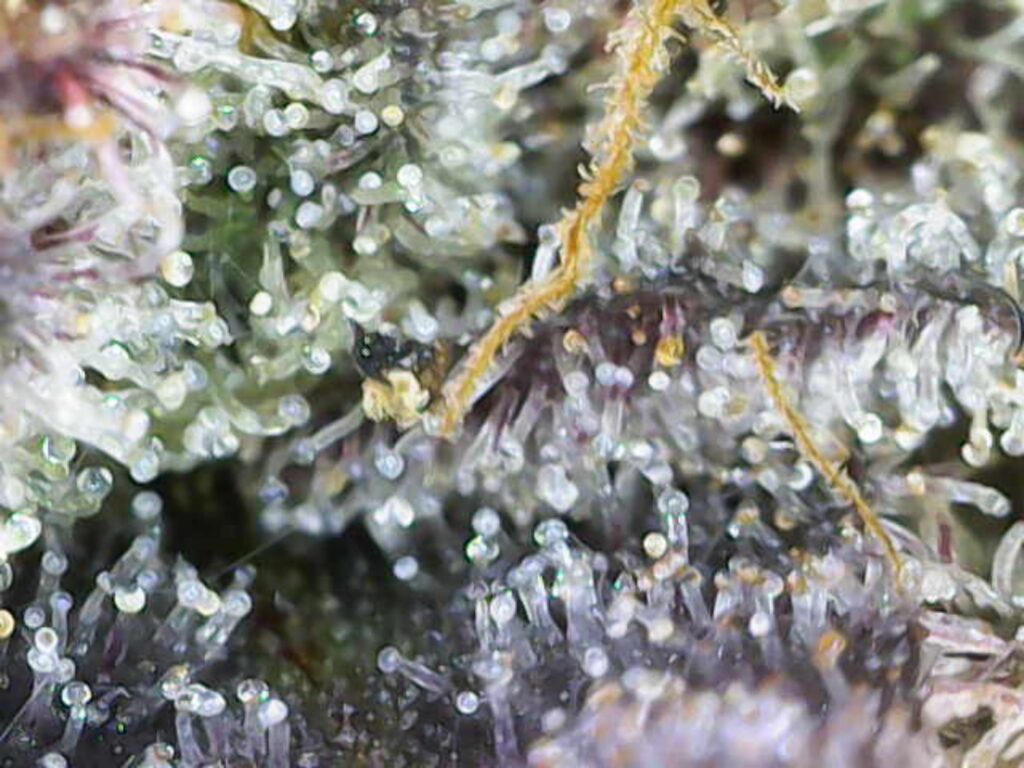
As the buds mature, trichomes turn amber, indicating THC degradation. Some growers prefer to wait until some of the trichomes have turned an amber colour before harvesting, especially with indica strains.
Begin flushing about two weeks before harvest. Flushing is the process of watering your plants with pH-balanced water only (6,0–6,8 for soil, 5,5–6,5 for hydro and coco), without any added nutrients. This process removes excess salts and built-up nutrients from the growing medium, ensuring a cleaner smoke, enhancing smoothness and aroma, and preventing harsh chemical residues in the final product.
The total flowering period is typically 8-9 weeks for hybrids, though some sativa strains may require 12 weeks or more.
